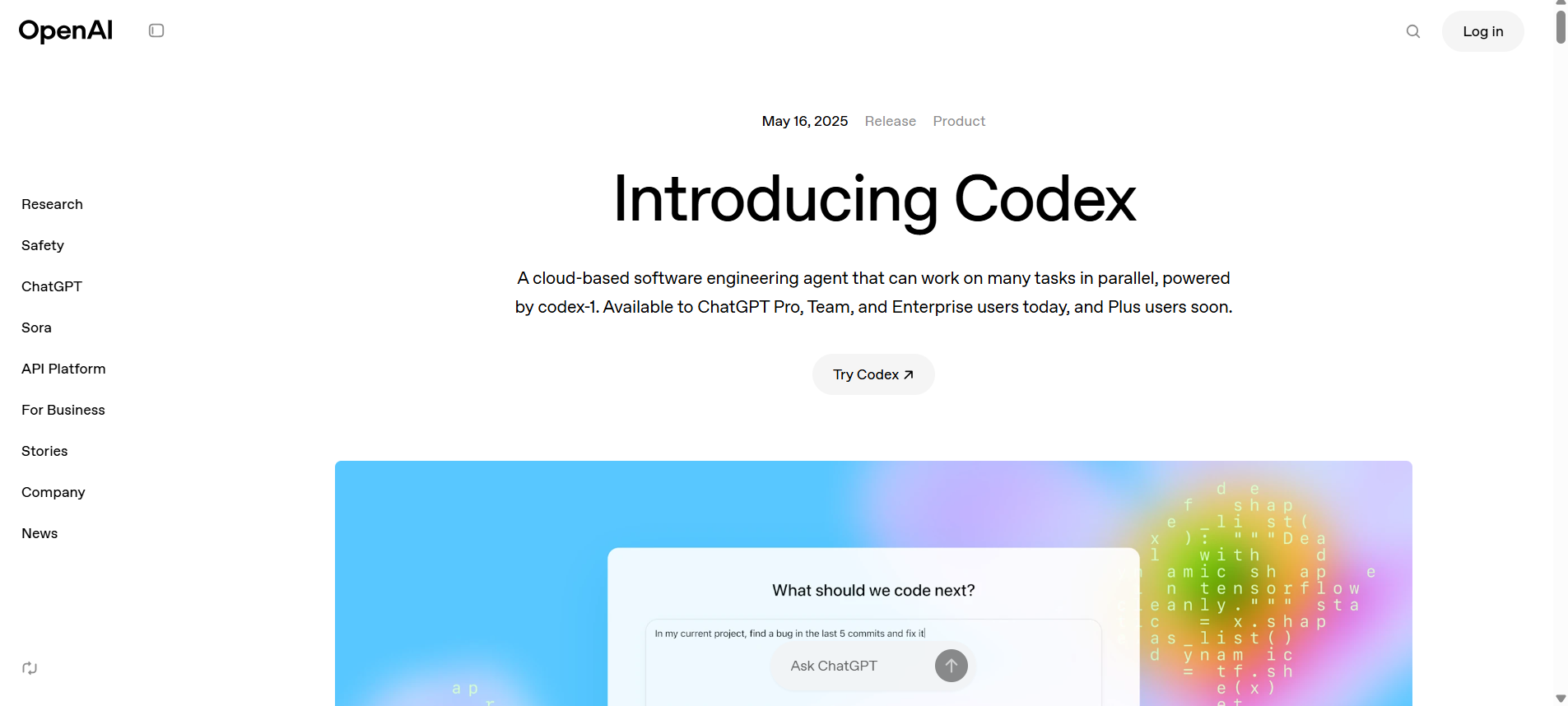Looking to remove AI Overviews from your Google search results? This little hack ensures that you only view web links.

At the Google I/O event on May 14, the internet giant announced the most significant change to its search results in decades: AI Overviews. Many frequent search queries will now display an AI summary at the top of their results.
Not all users are delighted with the new AI Overviews, particularly those looking for links rather than answers to questions. Fortunately, a new “Web” search filter provides only text-based connections, with no advertisements, AI, photos, or videos.
Even better, you can receive those link-based results on Google simply by entering your browser address bar. We will show you how to accomplish it on Google Chrome, Mozilla Firefox, Apple Safari, and Microsoft Edge.
Google Search Web filter: What is it?
Google’s new Web filter is comparable to its other filters for news, images, videos, and shopping. When you pick the Web filter, your search results will only include text-based links, no adverts, AI summaries, or information panels such as “Top Stories” or “People Always Ask.”
The new filter should display below the search box on the Google Search results page, alongside other filters such as News, Images, and Videos. You’ll normally need to select the three-dot “More” menu to view it as an option.

Clicking the Web filter link will return Google Search results that are solely text-based, with no responses, advertisements, AI, or anything else. “Web” will now be underlined and highlighted in blue beneath the search query field.
As with AI Overviews, we can only see the Web filter while we’re signed into our Google accounts on Chrome, but it appears to work on other browsers regardless of login status.

Google Screenshot via CNET.
How to receive Google Search Web filter results from my address bar searches?
Depending on your browser, you can easily configure your address bar searches to go directly to the Google Web filter results. You must first create a custom site search shortcut in your browser, which you can then activate with a term or set as your default for all searches.
The important URL to know is https://www.google.com/search?q=%s&udm=14. The “%s” indicates your search query, and the “udm=14” tag restricts the results to the new Web filter.
Here’s how to add a custom site search for Google’s Web filter to the four most common desktop browsers: Google Chrome, Microsoft Edge, Mozilla Firefox, and Apple Safari.
No 1. Google Chrome
Open a Google Chrome browser and then select the three-dot menu in the upper-right corner, next to your Google account profile. Click Settings near the bottom of the menu. You may also access your Chrome settings by typing chrome://settings into the browser address bar.
Choose Search engine from the left-hand column, then click “Manage search engines and site search” in the center of the browser window. Next, scroll down to “Site search” and select the blue Add button.
In the resulting pop-up box, give the new search shortcut a name and a keyword that will trigger it. We choose “Old Google” and “og.” For the last field — “URL with %s in place of query” — enter that URL we mentioned above: https://www.google.com/search?q=%s&udm=14.
When you search in your address bar with “og” and your search query, Google’s Web filter will now return results.
To make it your default search option, click the three-dot menu next to your new site search and choose “Make default.” After you set the new search shortcut as your default search, all of your address-bar searches will use the Web filter, no keyword required.

No 2. Microsoft Edge
Because the Windows browser is built on the Chromium codebase, the process of creating a Google Search Web filter shortcut is similar to that of Google Chrome. To access Settings, click the three-dot menu in the upper-right corner, then choose Privacy, search, and services.
Select Address bar and search at the bottom of the screen, followed by Manage search engines. Alternatively, you can go directly to that screen by typing edge://settings/searchEngines into your Edge address bar.
Click the Add button to create a new site search shortcut. The search engine is the name of the shortcut (I used “Old Google”), the shortcut is the word that triggers that specific site search (I used “og”), and the URL template is the string that activates the Google Search Web filter: https://www.google.com/search?q=%s&udm=14.

To establish that new Google URL as your default search, return to the Address bar and search settings page and select the drop-down menu next to Search engine used in the address bar. When you select your new custom site search, your address bar searches will use the Google Search Web filter by default.
No 3.Mozilla Firefox
Firefox handles setting up search shortcuts in a slightly different way. Instead of utilizing the search settings, you’ll build a new bookmark with a keyword shortcut and then enter that keyword into the URL bar to get Google Search’s Web filter results. Unfortunately, Firefox does not allow you to add new search engines to its desktop edition.
In Firefox, click the Bookmarks drop-down and select Manage Bookmarks. On the following page, right-click the folder in your Bookmarks where you want to place the shortcut and select “Add Bookmark.” (The location of the bookmark is irrelevant because it will be triggered from the address bar.)
In the following pop-up box, enter a Name (for example, “Old Google”) and the URL https://www.google.com/search?q=%s&udm=14. To bookmark the search filter, enter a keyword (for example, “og”). After clicking the “Save” button, you will be able to get Google Web filter results by entering your keyword before performing any address bar searches.

No 4. Apple Safari
Safari does not enable custom site shortcuts by default. We were only able to add the Google Web filter search after installing the free Safari extension Smart Keyword Search, which allows site search shortcuts.
After you’ve installed Smart Keyword Search, the first step is to allow it to change your Google search results. Go to Settings, then choose Extensions at the top of the window, then Smart Keyword Search, and finally “Edit Websites”. On the next page, click the drop-down option next to google.com and select “Allow.”

Safari/screenshot by CNET
Now, dismiss the Settings box and click the Smart Keyword Search button next to the Safari address bar. You’ll notice a pop-up box displaying the many “rules” that the extension employs to change searches. To create a new rule, click the “compose” button, then add a name (such as “Old Google”), prefix (such as “og”), and a familiar URL for the Web filter search shortcut.

Smart Keyword Search uses the variable “{search}” instead of “%s” to represent a search query, thus use a slightly different URL: https://google.com/search?q={search}&utm=14. Press the “Submit” button. Entering “og” (or your chosen prefix) before any searches in your address bar will now produce results that are restricted by Google’s Web filter.
How to limit your Google web searches to’verbatim’ results ?
You can further personalize your Google searches so that the search engine only delivers results based on the specific terms you enter, not synonyms or related terms. The “verbatim” option was added in 2011 and is often accessed through the “Tools” link in most Google searches.
To include a “verbatim” restriction in your Web filter shortcut, add the attribute “&tbs=li:1” to the end of your custom search URL: https://www.google.com/search?q=%s&udm=14&tbs=li:1
Any searches you perform using that updated URL will now only return text-based web links that match your particular search terms.
For more updates on Technology, remain hooked on to mortentechnologies.com!










Leave a Reply